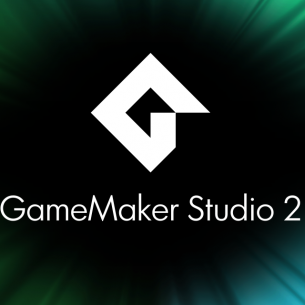Archive Post
Home / Game Maker Studio 2
Affordable “Creator Edition” of Game Maker Studio 2 Now Available For $39 USD
Development software provider Yo-Yo Games has released a more cost-effective version of their latest game creation software titled Game Maker…
GDC17: GameMaker Studios 2.0 Takes On Industry Titans
Article By: Tori Dominowski Long since a staple of the ready-made game engine marketplace, YoYo…

